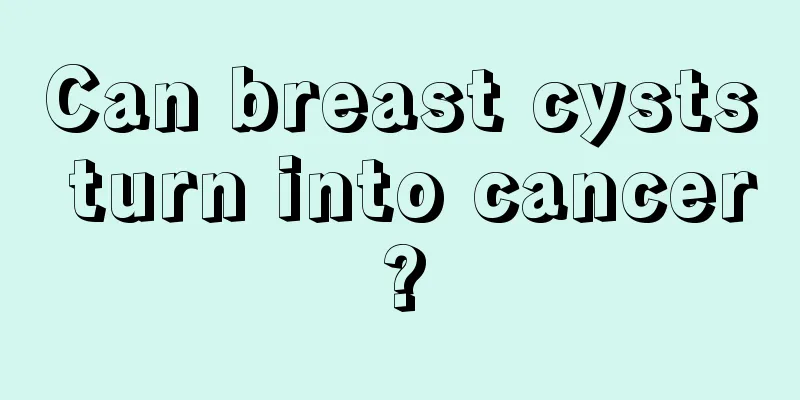What to do if you have mastitis during breastfeeding

|
Mastitis is an inflammation of the fibrous tissue in the breast. This is a problem encountered by many breastfeeding mothers. People who are not breastfeeding may also experience it, but the chance of occurrence is relatively small. It usually causes local fever, redness, swelling and pain after the onset of the disease. Some people will also have a high fever due to the onset of mastitis, including physical fatigue, accompanied by loss of appetite and other symptoms. Mastitis is a postpartum disease caused by inflammation of the tissue inside the breast. Symptoms of mastitis include: local redness, swelling, heat and pain in the breast, fever over 38.5°C, chills, soreness, fatigue, loss of appetite and other systemic symptoms. Symptoms usually last for more than 24 hours. Mastitis can occur at any stage of breastfeeding, but most cases occur within one month after delivery, especially in the first 2-3 weeks, when breastfeeding is often not going smoothly. If not treated correctly, it may recur or further cause breast abscess. Treatment: Precautions for the treatment of mastitis during lactation: (1) Local hot compress: This treatment method for mastitis during lactation promotes smooth milk discharge. If local swelling is obvious, 25% magnesium sulfate hot compress can be used. At the same time, instruct the patient to massage along the base of the breast to the nipple for 8 to 10 minutes every 3 to 4 hours, and try to squeeze out the milk or use a breast pump to suck it out. (2) For those with obvious local redness, swelling, heat and pain, penicillin 1 million u 10-20 ml should be given at the same time as the treatment of mastitis during lactation, and the inflammation should be sealed around the area. Repeat every 4-6 hours. (3) In the early stage of mastitis, breastfeeding does not need to be stopped if the symptoms are mild. This is an advantage of our current treatment methods for mastitis during lactation. (4) Treatment of mastitis during lactation For chronic mastitis with a course of more than 6 to 10 days, intravenous penicillin-like drugs can be added for systemic anti-inflammatory treatment, which can usually be cured within 1 to 2 weeks. Patients with abscesses caused by mastitis during lactation will undergo surgical incision and drainage, and will be cured within 2 weeks. This is a significant advantage of choosing the right treatment method for mastitis during lactation. Milk cyst can be cured by puncture and extraction of the milk once the inflammation is controlled. I hope my answer can help you and I wish you and your baby grow up healthily. |
>>: What to do if you can't urinate during early pregnancy
Recommend
What are the soups that are good for women’s health?
Modern society is a society that pays attention t...
Is acute cystitis serious in women? What are the symptoms?
We all know that cystitis is a common disease tha...
Can premenstrual irritability be diagnosed as a medical disorder?
Funded by Shanghai Science and Technology Commiss...
Does a pregnant woman need to go to the hospital if she vomits blood?
Pregnant women often experience morning sickness ...
How do women maintain their uterus?
As the most normal physiological characteristic o...
Brown bleeding at 5 months of pregnancy
When a woman is five months pregnant, she is in t...
On the operating table, she felt her legs were "sticking up"
30-year-old Xiao Li couldn't get pregnant, so...
When is the best time to make a facial mask?
For female friends who love beauty, you should al...
Which inflammations can affect fertility?
Inflammation is a common gynecological disease am...
Is there white stuff in the vagina?
Many people actually have vaginal problems to var...
What should I do if my breasts swell after taking birth control pills?
The main purpose of contraception is to prevent u...
Is it normal for a girl to have one larger breast than the other?
I heard that the most perfect breasts are pear-sh...
What to do if the cervix is torn during vaginal delivery
I believe everyone knows the importance of the ce...
Can I run on the fourth day of my period?
Many female friends have the good habit of exerci...









